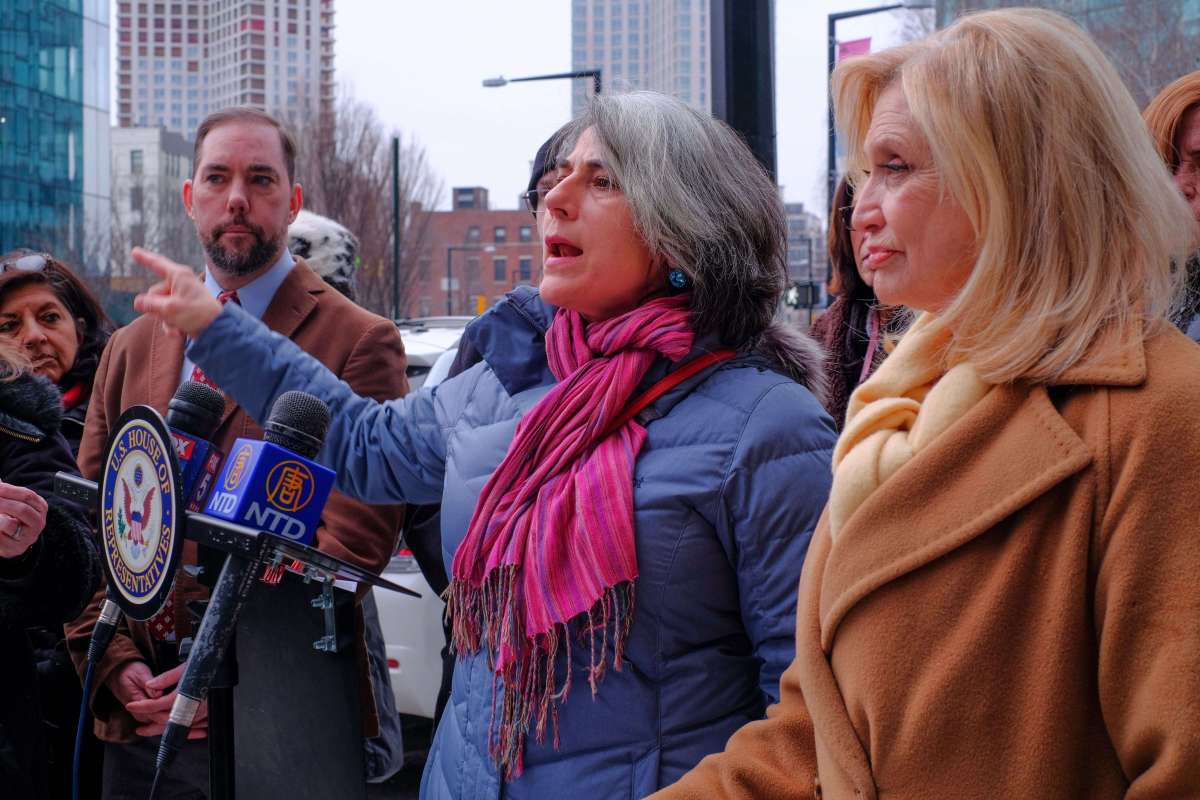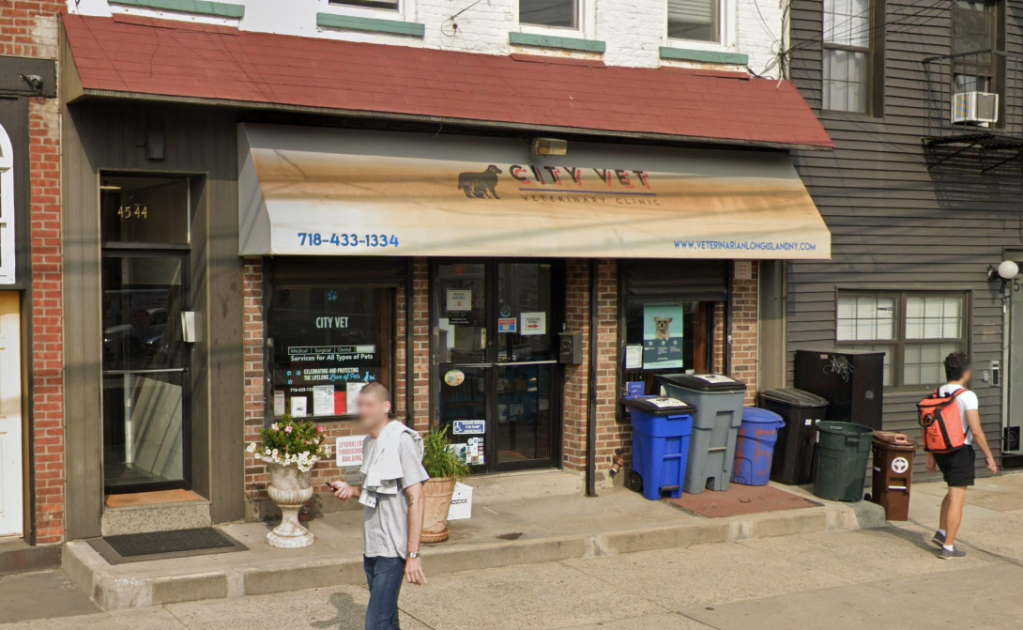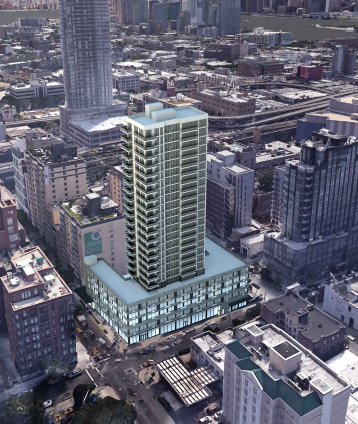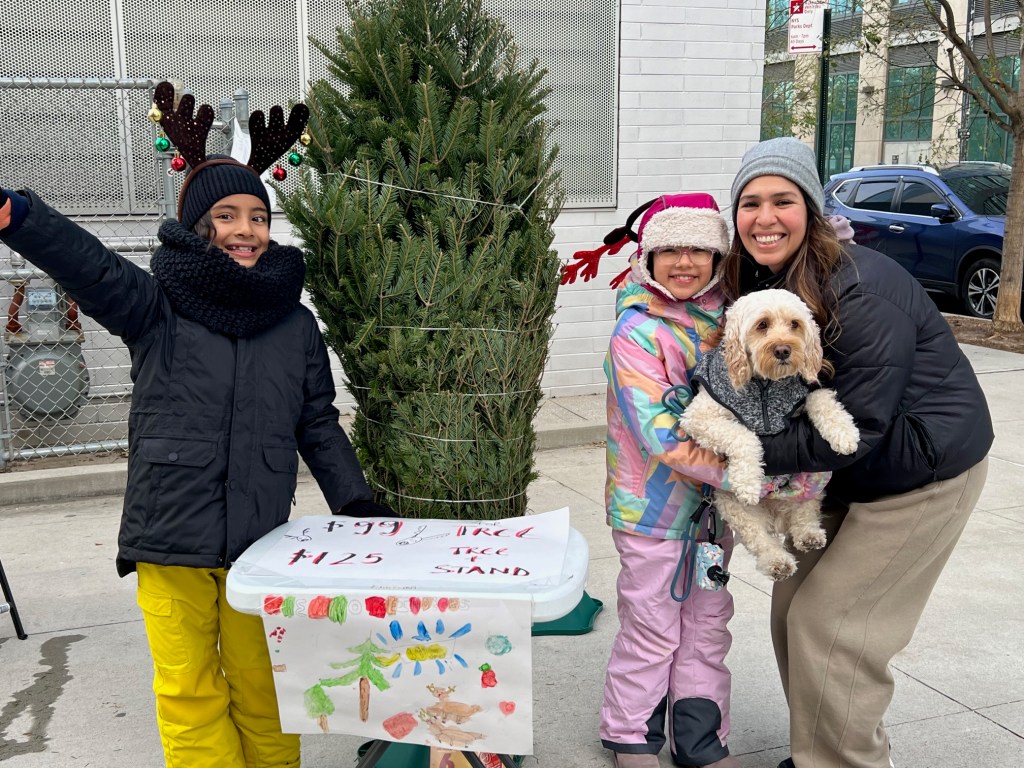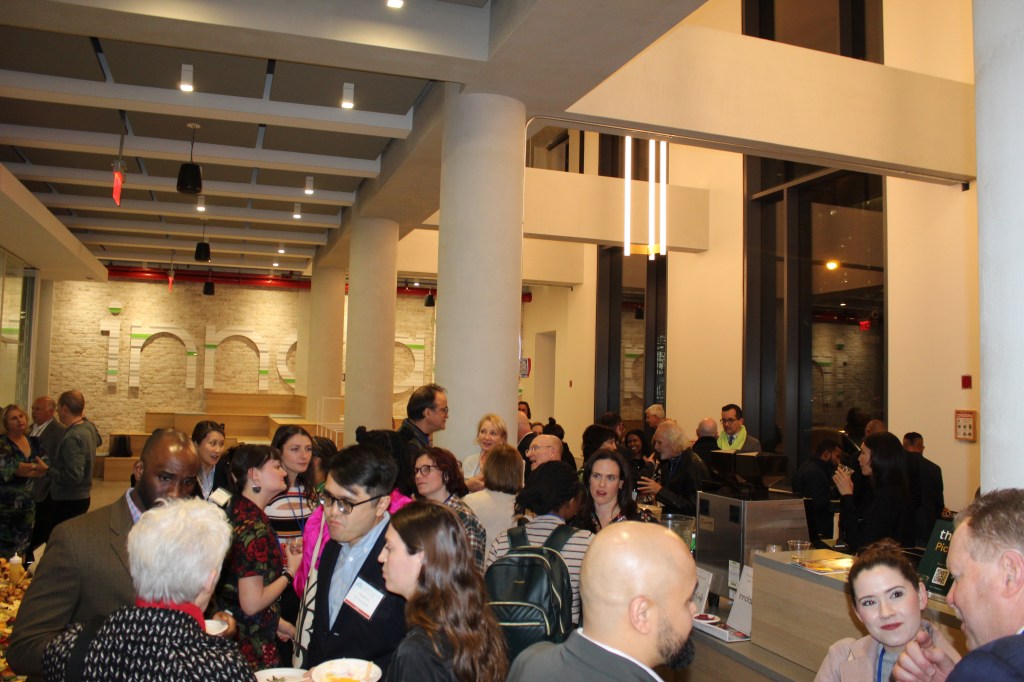Long Island City is tired of waiting for commuter rail hub in their community, as residents and lawmakers called on the Metropolitan Transportation Authority on Feb. 11 to take advantage of matched federal funds in order to wrap up East Side Access and establish a Sunnyside Yards station once and for all.
The MTA once envisioned a transit hub for Sunnyside Yards where Long Island Rail Road, New Jersey Transit and Amtrak could serve customers in Queens, according to Congresswoman Carolyn Maloney, who said at a Monday press conference in Long Island City that federal grants are available as long as the cash strapped MTA puts the project in the pipeline.
“The tunnels are coming, we need a stop so Queens residents can access it and not only get to Long Island but to get to Manhattan for work,” Maloney said. “Over 350 developments have come into this neighborhood. They’re either built, planned or being planned for the future … We deserve it no matter what’s happening in this neighborhood and we need it. If we don’t build it now it’s not going to happen.”
Maloney claims the MTA has already allocated up to $77 million for the station, but the agency says the reason it has not happened yet is not solely about money.
With Mayor Bill de Blasio and the Economic Development Corporation planning to develop over the top of Sunnyside Yards and East Side Access – an $11 billion project linking LIRR service from Queens to Grand Central Terminal through new East River tunnels – still in the offing with a 2022 completion date the station could be even farther out of reach.
“As NYCEDC and Amtrak develop a Master Plan for a potential overbuild of Sunnyside Yards, the MTA is working with them to ensure that options for a station can be pursued without compromising future LIRR service or operations,” a LIRR spokesman said.
East Side Access is funded by the MTA’s five-year capital plan and federal funds, but if it wants to take advantage of the grants made available for the station by Washington, the agency, facing a $1 billion deficit by 2021, must use the funds or lose them.
“Why are we all working together? Because we love this community. We’re excited that the rest of the world is getting excited about this community,” said Elizabeth Lusskin, the president of the Long Island City Partnership. “But the reality is that 20 years ago when they first agreed to do this station this was all hopes and dreams. Now it’s beyond even hopes [and] dreams – for some people, fears – but the reality is that this is the chance to make a visionary step for the future of New York City.”
An LIRR spokesman also told QNS East Side Access must be completed before a station can be built.
“Western Queens is in an infrastructure crisis. Everyone knows about the huge delays on the 7 line which is creating dangerous conditions on the platforms, meanwhile 20 years ago we were promised this station,” City Council candidate Brent O’Leary said. “The money was already allocated by the MTA, so where is it?”
Sheila Lewandowski, the transportation committee chair for Community Board 2, claimed the MTA is now overlooking Long Island City by focusing on increasing service in Long Island, even using a photo of the Gantries as the cover page for informational material they disseminated outside the city.
“Approximately 20 years ago we were promised – it wasn’t planned we were promised a station – in Sunnyside to connect commuters who were going from Manhattan to Queens into Long Island. It’s no longer just a commute in and out of Manhattan … Long Island Rail Road did a presentation in Long Island a year ago, about Long Island. What’s the picture? The picture is Long Island City although they never included a stop in their presentation to Long Island. The map bypasses us again.”
Maloney acknowledged that the MTA is facing many challenges and will be for years, including the fact that East Side Access is already over budget and doubled in timeline for completion, but said the Sunnyside Yards station needs to be a priority. Maloney plans to reach out to Gov. Andrew Cuomo to get the ball rolling on the project.
Federally matched transit programs are usually matched by Washington by one-fourth to one-third the cost, and Maloney hopes to secure $3 trillion for transit across the nation.
“The law is that if you accept the federal money, you have to match it or they can come and take the money back away from you,” Maloney said. “So once you commit to it you’re committing to funding it.”

